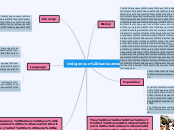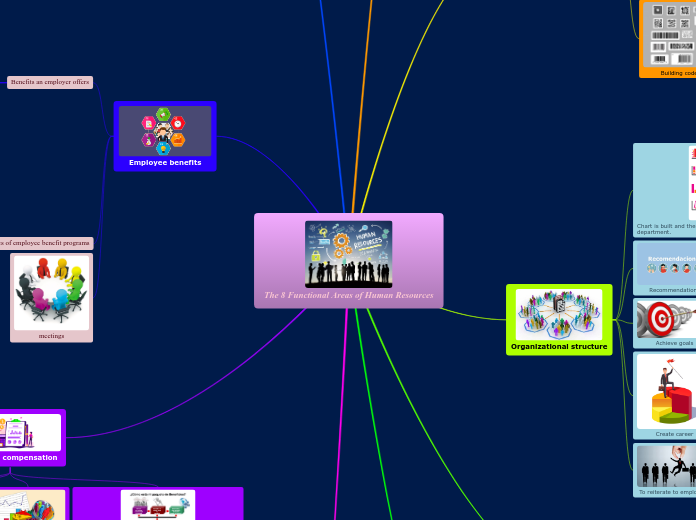da Harjap Randhawa mancano 6 anni
192
Indigenous People
Indigenous peoples in Canada have faced numerous challenges and made significant contributions throughout history. Residential schools, where many Indigenous children were sent, were marked by negative experiences, including being forced into labor and formal dress codes.









